Ever gazed up at the stars and felt that magical awe wash over you? As cities grow brighter, it's becoming harder to experience the magic of a truly dark night sky.
This is why you should check out these national parks, with their pristine wilderness and limited light pollution, for the best stargazing opportunities in America:
- Big Bend National Park, Texas
- Great Basin National Park, Nevada
- Canyonlands National Park, Utah
- Joshua Tree National Park, California
- Voyageurs National Park, Minnesota
You'll discover the ideal stargazing conditions at each park, the best times to visit, must-see astronomy events, practical tips, and more.
So grab a blanket and your sense of adventure because the cosmos awaits!
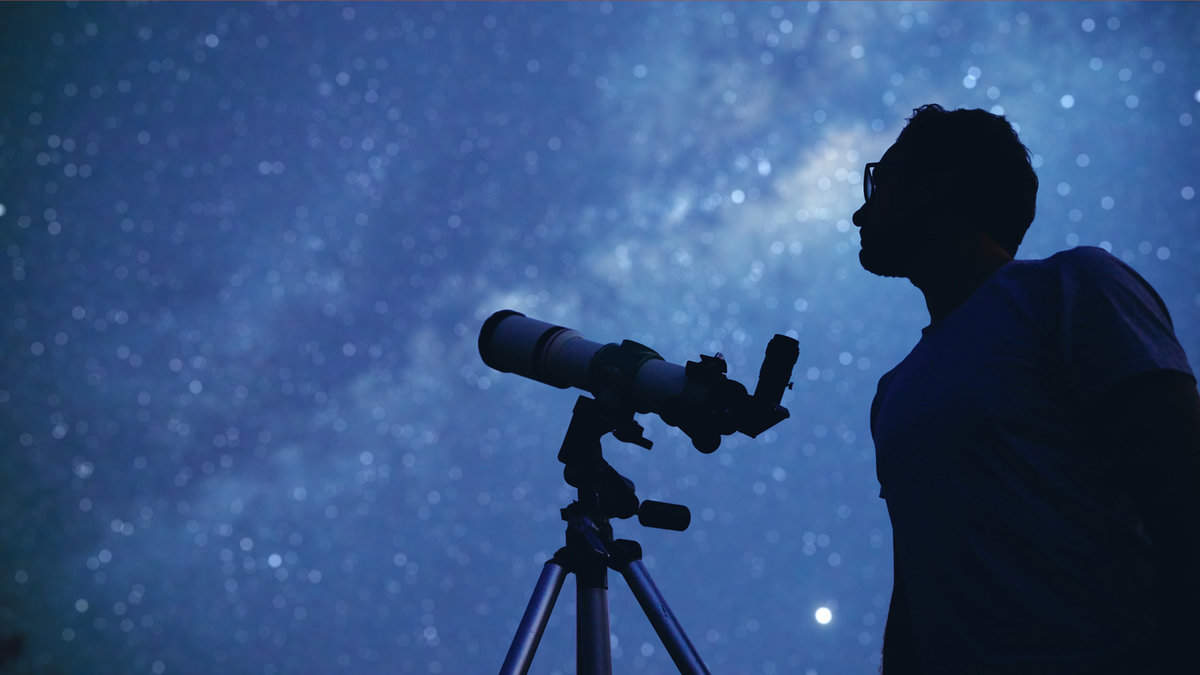
Top 5 U.S. National Parks for Star Gazing
The United States is home to some of the best stargazing spots in the world, thanks to its vast and remote wilderness areas. All parks in this list are designated as International Dark Sky Parks.
They earned their designation by preserving the night sky through controlled lighting and educating people about the significance of dark skies. So here they are — along with convenient tips from fellow stargazers who have been there:
1. Big Bend National Park, Texas
Big Bend National Park in Texas is one of the best places in the country to see the Milky Way.
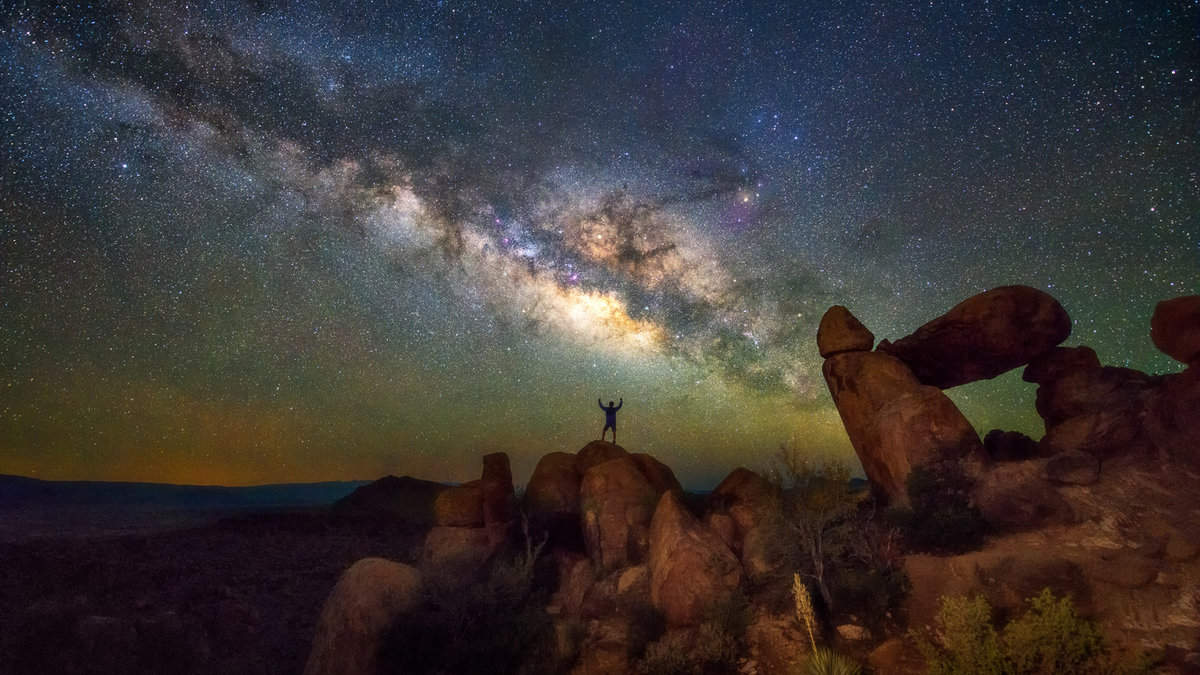
The park is in a remote area of west Texas, far away from major cities. You can also find the McDonald Observatory here, which hosts stargazing events annually.
For the best views of the starry night, take note of these tips from Redditors who've raved about the galactic views at this park:
- Best season for the Milky Way view? Summer.
- For milder weather, visit during late spring.
- For the darkest sky, visit during a new moon.
- So it doesn't rain on your parade, always monitor the weather.
Unfortunately, entry to this park isn't free (unless you're with an academic group). Here's a breakdown of the fees:
| Type | Dates | Cost |
|---|---|---|
| Private Vehicle | Year-round | $30.00 |
| Motorcycle | Year-round | $25.00 |
| Per Person | Year-round | $15.00 |
| Education/Academic Group | Year-round | $0.00 |
| Non-commercial Group (16+ persons) | Year-round | $30.00 |
| Commercial Motor Coach (26+ seats) | Year-round | $200.00 |
2. Great Basin National Park, Nevada
Great Basin National Park in Nevada is another great place to see the stars.
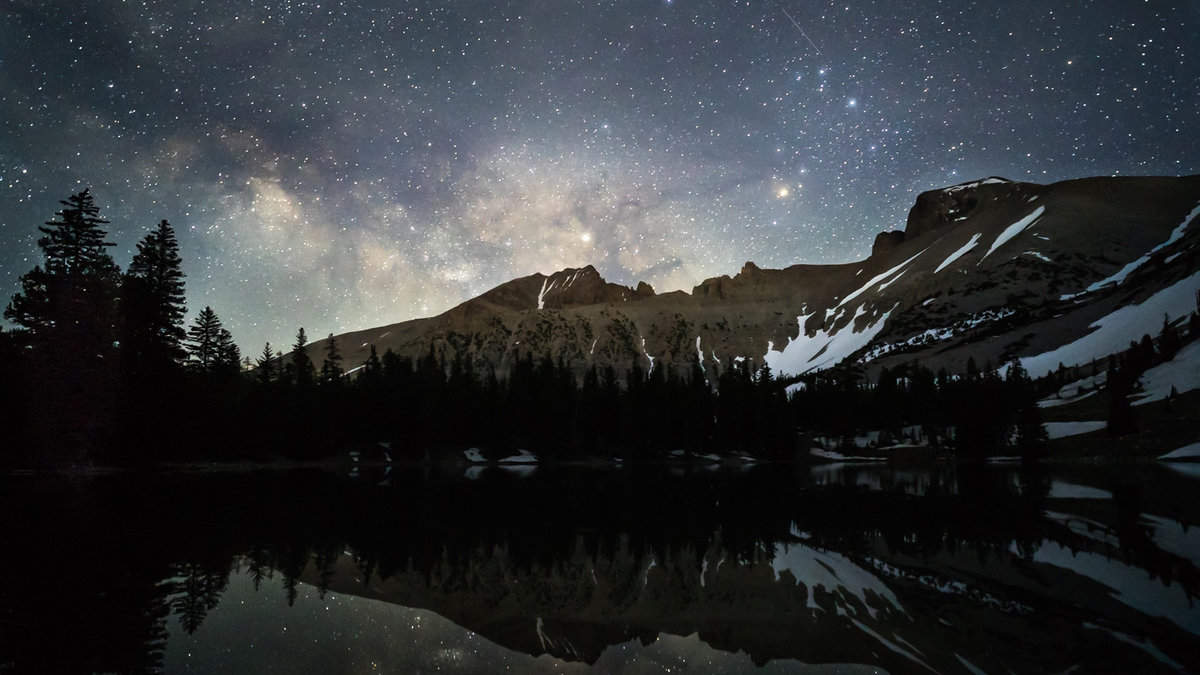
The park is in a high-elevation desert, so the air is dry and clear for excellent stargazing conditions. And best of all, there's no entrance fee!
The park is also home to the Great Basin Observatory, which allows visitors to view the night sky through a powerful telescope.
People in this subReddit testify that this is one of the most peaceful US parks, with one claiming that they went "an entire day without seeing another person."
Another Reddit user also shared a list of tips to make the most of your visit:
Accommodation Options
Try the Hidden Valley Ranch, about 14 miles from the park. A guest shared it has a little grocery outlet. Just ensure your vehicle can handle the 7-mile dirt road there.
If the dirt road throws you off, you could stay at Hidden Canyon Ranch for a secluded experience, about 30 minutes from the park.
You can also try the Border Inn, about six miles away. It offers reasonable prices, basic amenities, and an attached restaurant.
Hikes
Explore the Alpine Loop, Glacier Trail (home to the Bristlecone Pine Grove), and Wheeler Peak (start in the morning for a challenging trek).
Scenic Drive
Be prepared for a beautiful but remote drive with no other cars and limited stopping points.
Post-Hiking Shower
After checking out of your hotel, you can find a $2 honor system shower behind the only gas station in town, offering clean facilities.
3. Canyonlands National Park, Utah
Canyonlands National Park in southeast Utah is known for its stunning red rock formations, but it is also a great place to see the stars.
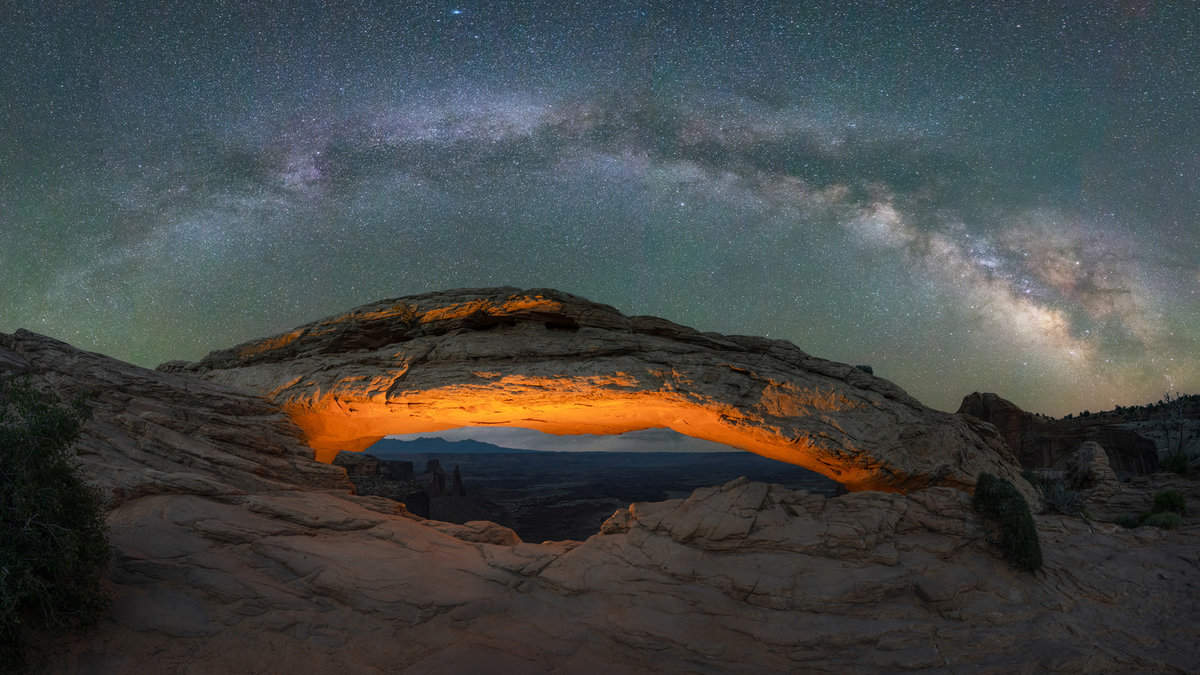
The best time for stargazing at Canyonlands is during a new moon or when the moon is not visible, as even a faint crescent moon can obstruct the view of dim stars.
A notable spot for stargazers is the Grand View Point Overlook, which provides panoramic views of the night sky against a breathtaking canyon backdrop.
For more tips, it's always nice to hear suggestions from experienced travelers. So, here's a quick list of things to do while you're there:
- Witness stunning sunrises and sunsets; consider visiting Mesa Arch.
- Explore the Needles District, especially Chesler Park and Druid Arch.
- Stay at Needles Campground for convenient access.
- Embrace the park's tranquility, one of the quietest places on Earth.
- Don't miss the Syncline Trail for a rewarding hike.
For entrance fee information, here's a comprehensive guide from their website:
| Entrance Type | Fee |
|---|---|
| Standard Entrance Pass | |
| Private Vehicle | $30.00 |
| Motorcycle | $25.00 |
| Per Person | $15.00 |
| Annual Entrance - Park | $55.00 |
| For Organizations & Businesses | |
| Education/Academic Group | $0.00 |
| Non-commercial Group (16+ persons) | $30.00 |
| Non-commercial Group Fees (per vehicle) | |
| Vehicle capacity of 15 or less | $30 |
| Vehicle capacity of 16-25 | $15 per person age 16 and older, not to exceed $40 |
| Vehicle capacity of 25+ | $15 per person age 16 and older, not to exceed $100 |
| 7-day Passes | |
| 7-day Single-Vehicle Park Pass | $30.00 |
| 7-day Individual Park Pass | $15.00 |
4. Joshua Tree National Park, California
Joshua Tree National Park boasts some of the darkest nights in Southern California.
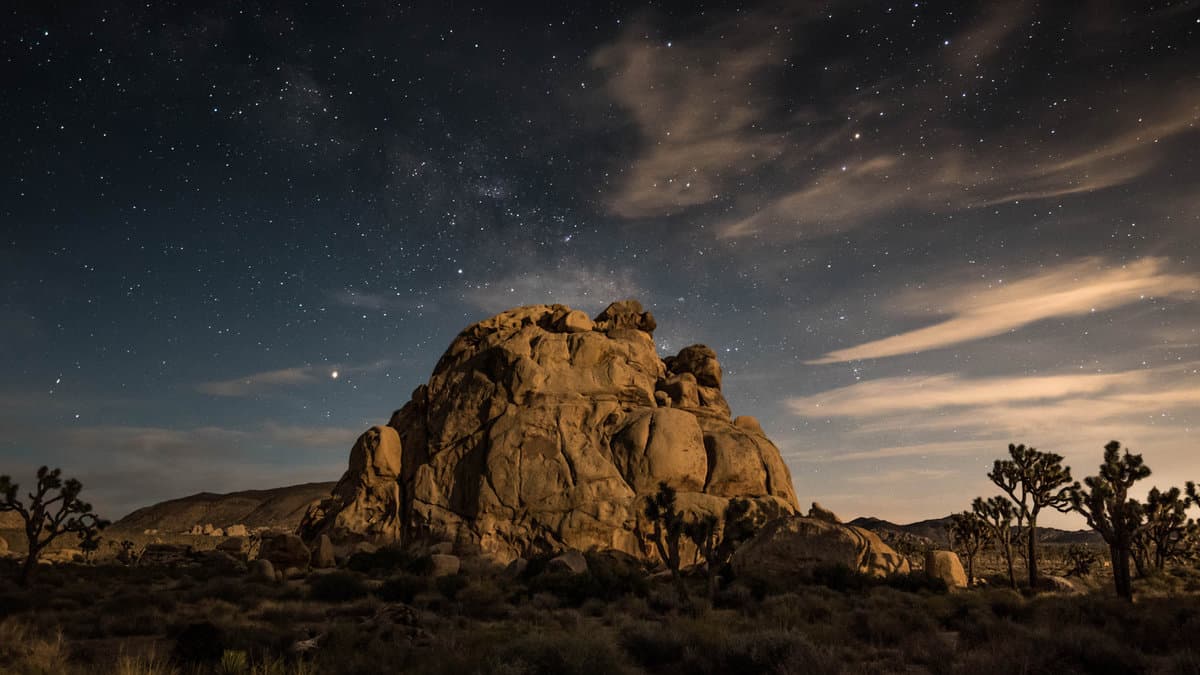
One of the highlighted spots for stargazing within the park is Cap Rock. It has a generous parking space and a short trail leading to a formation that provides a magnificent backdrop for astrophotography.
And again, here are practical tips from fellow stargazers:
- Use a light pollution map to find ideal stargazing locations.
- Bring comfortable chairs, a gallon of water per person, and appropriate clothing.
- Plan your trip around the Perseid Meteor shower, which peaks on August 12/13.
- Scout out less crowded stargazing spots during the day to avoid crowds at night.
- If staying near Landers, check if the marine base is off-limits for stargazing.
Entry to this park also requires a fee. Here's a payment breakdown for the passes:
| Fee Category | Cost | Validity |
|---|---|---|
| Private Vehicle | $30.00 | 7-day vehicle permit |
| Motorcycle | $25.00 | 7-day entrance permit per motorcycle |
| Per Person | $15.00 | 7-day entrance fee |
| Annual Entrance | $55.00 | 12 months from the month of purchase |
5. Voyageurs National Park, Minnesota
Voyageurs National Park in Minnesota is one of the best places in the country to see the Northern Lights.
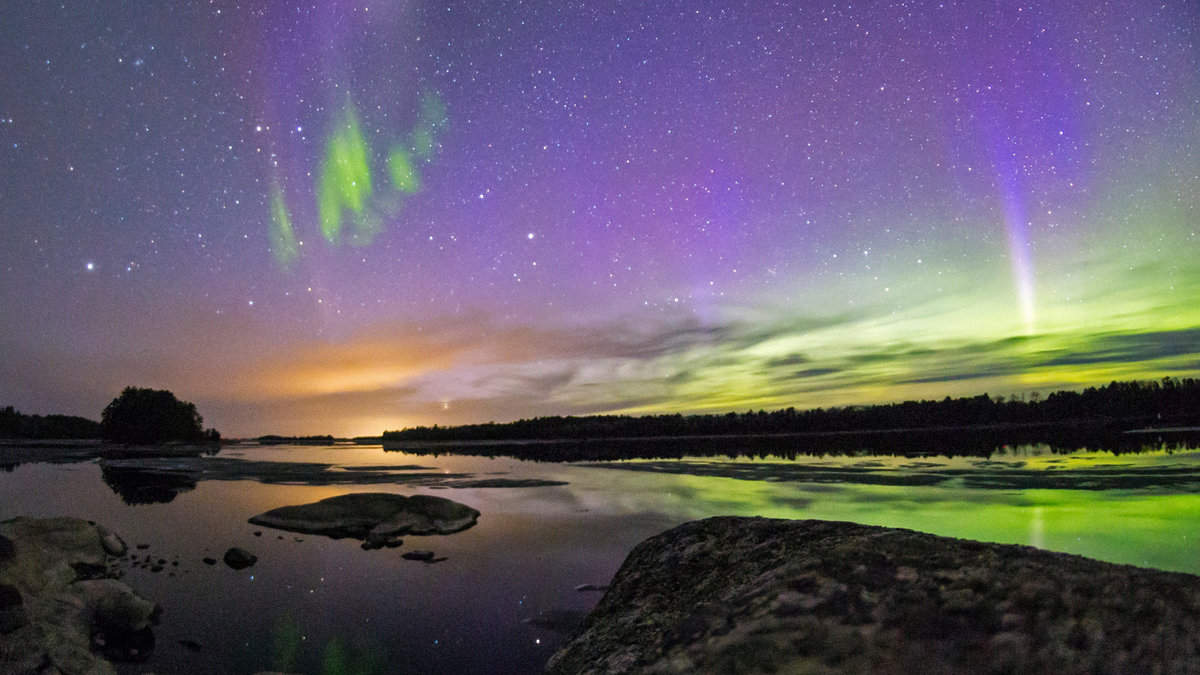
Some of the best spots to stargaze within the park include the Voyageurs Forest Overlook parking area and Kettle Falls Dam — all accessible for free!
It hosted its first-ever Boreal Stargazing Week in February 2023 along the Minnesota-Canadian border, part of one of the largest Dark Sky Regions in the United States.
Here's a compilation of tips from the Voyageurs Conservancy and Reddit stargazers:
- Prepare for this hidden gem's vast size. Rent a kayak, canoe, or houseboat.
- Don't forget bug protection.
- Access the park via Ash River, Kabetogama Lake, or Rainy Lake visitor centers.
- Bring binoculars for wildlife watching and maintain a safe distance.
- Get a fishing permit to enjoy world-class fishing.
- Discover the park's geology and history, including historic sites.
- Reserve campsites, be prepared for limited cell service, and dress appropriately.
- Follow conservation guidelines.
Explore More, Save More! Interagency Passes For Every Budget
You should consider interagency passes if you plan to explore more than one of these parks in a year. These are great if you're a tourist, so you can spread out your visits and save money.
Here’s a glance at how these passes can be your gateway to endless adventures:
- Annual Pass: $80, valid for a year, no additional entrance fees.
- Senior Pass: $80 for lifetime access, with a $20 annual option.
- Access Pass: Free entrance for U.S. citizens with disabilities, plus a 50% amenity fee discount.
- Military Pass: Free annual pass for active duty military and dependents.
- Every Kid Outdoors Pass is a Free annual pass for fourth graders and families.
- Volunteer Pass: Earn a free annual pass with 250 service hours at federal agencies.
Experience Stellar Skies in America's National Parks
From the majestic landscapes of Big Bend to the pristine night skies of Voyageurs, America's national parks offer some of the world's best stargazing experiences.
Equipped with tips from fellow stargazers, you can now plan your stellar adventures — photographing the Milky Way over the Grand Canyon or spotting shooting stars in the Badlands.
Follow the moon cycles, pack wisely, and grab your sense of wonder. As an enriching pursuit for all ages, stargazing reminds us of our place in the universe and inspires us to protect these sanctuaries of natural beauty.
Just don't forget to look up. The stars await your gaze.
